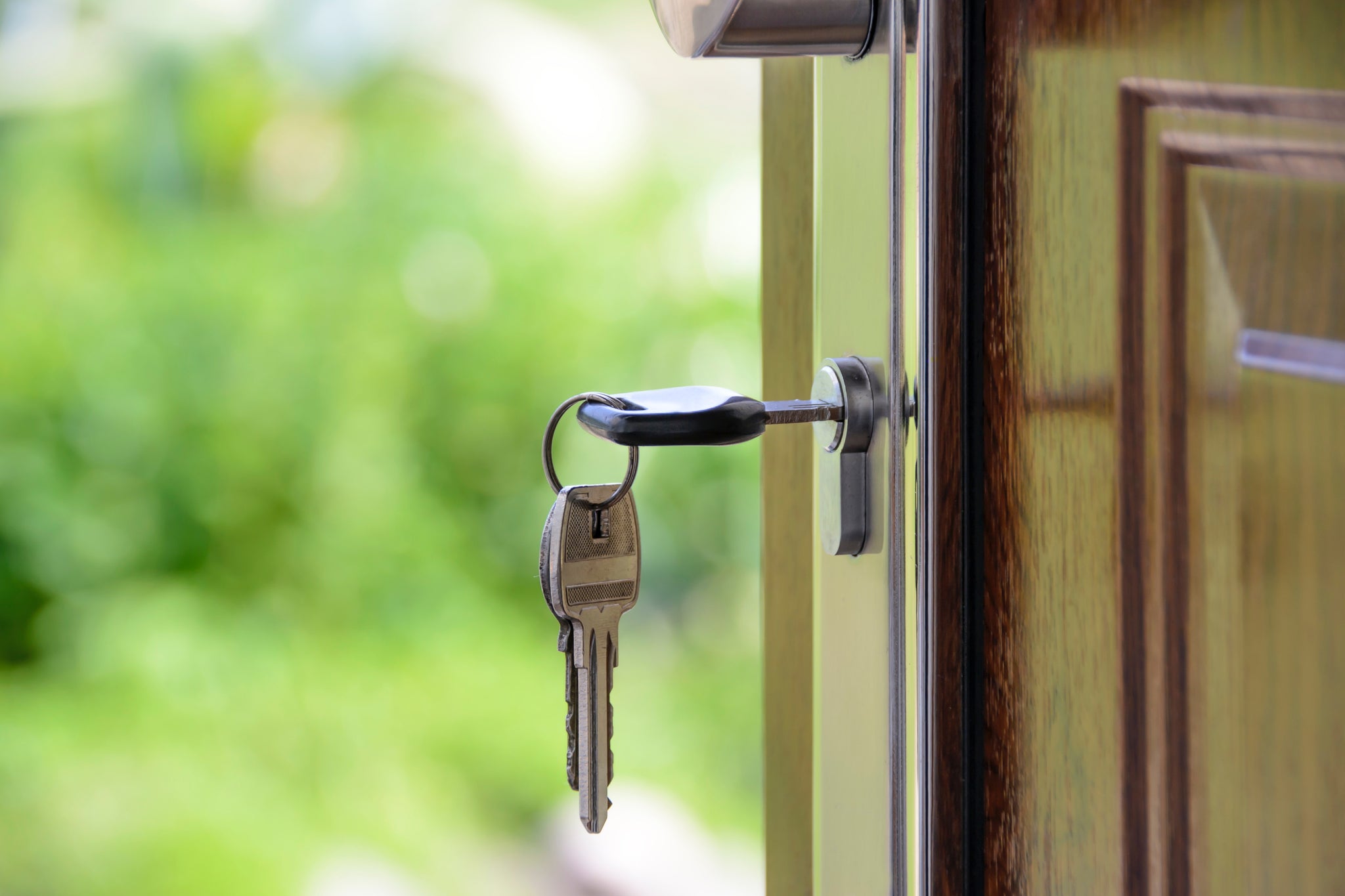
iblinds Chief Technology Officer Eric Barnett shares his top 5 smart home security tips
Whether you’re a smart home enthusiast or new to home automation, security should always be a top priority. Security covers not only your family and home, but also your devices. Prioritize these five areas to stay safe:
1. Set up your own Wi-Fi password rather than sticking with the default.
This sounds simple, but makes a big difference in keeping your home network secure. Create a secure password that is not used anywhere else and not easily associated with you or your family.
Bonus tip: set up a guest network for visitors, relatives and friends that is separate from the network your smart devices are on.
2. Schedule your blinds and lights – and put them on vacation mode if you plan to be out.
Maintaining a schedule for your blinds protects against having to remember if the blinds need to be closed at night. And if you plan on traveling or being out late, setting your devices on vacation mode can make it look like someone is home, which can help deter danger. Outdoor lighting is also beneficial, and can be sensor or motion based.
Home savings tip: automating your lights and blinds can also help save on energy costs. Set them on a schedule that takes into consideration when you are home, what your daily habits are, and when natural light is at its brightest.
3. Invest in smart locks.
Have you ever left the house and wondered if you locked the door? Investing in a smart lock solves this problem, as it gives you the ability to check the status of your door from your phone and either lock or unlock the door through a Wi-Fi connection. Smart locks are also beneficial if you are a vacation rental owner or if you have friends and family that come over often. With a smart lock, there is no need to worry about hiding spare keys or making additional copies. Smart locks allow you to give out digital keys or key codes for entry, and even set times when visitors are allowed entry.
4. Take home security to the next level.
Smart security cameras allow for more visibility in monitoring your home. Many will send a notification to your phone if there is motion detected, or even take photo and record video or any abnormal activity happening while you are home or away.
5. Keep a closer eye on the kids.
Add a presence sensor to their bag or keychain so that you always know where they are located, and when they make it home. Discreet location monitors can also be used to stay connected with your kids, loved ones and even pets.
Before investing in smart home security devices, start with what you have by setting your devices on a schedule, then identify where you would like to upgrade, whether in adding more lighting to outdoors or installing cameras.
If you’re just getting started with smart home automation, read this guide to understand how to build a connected home that fits your lifestyle and budget.
Leave a comment
Comments will be approved before showing up.



